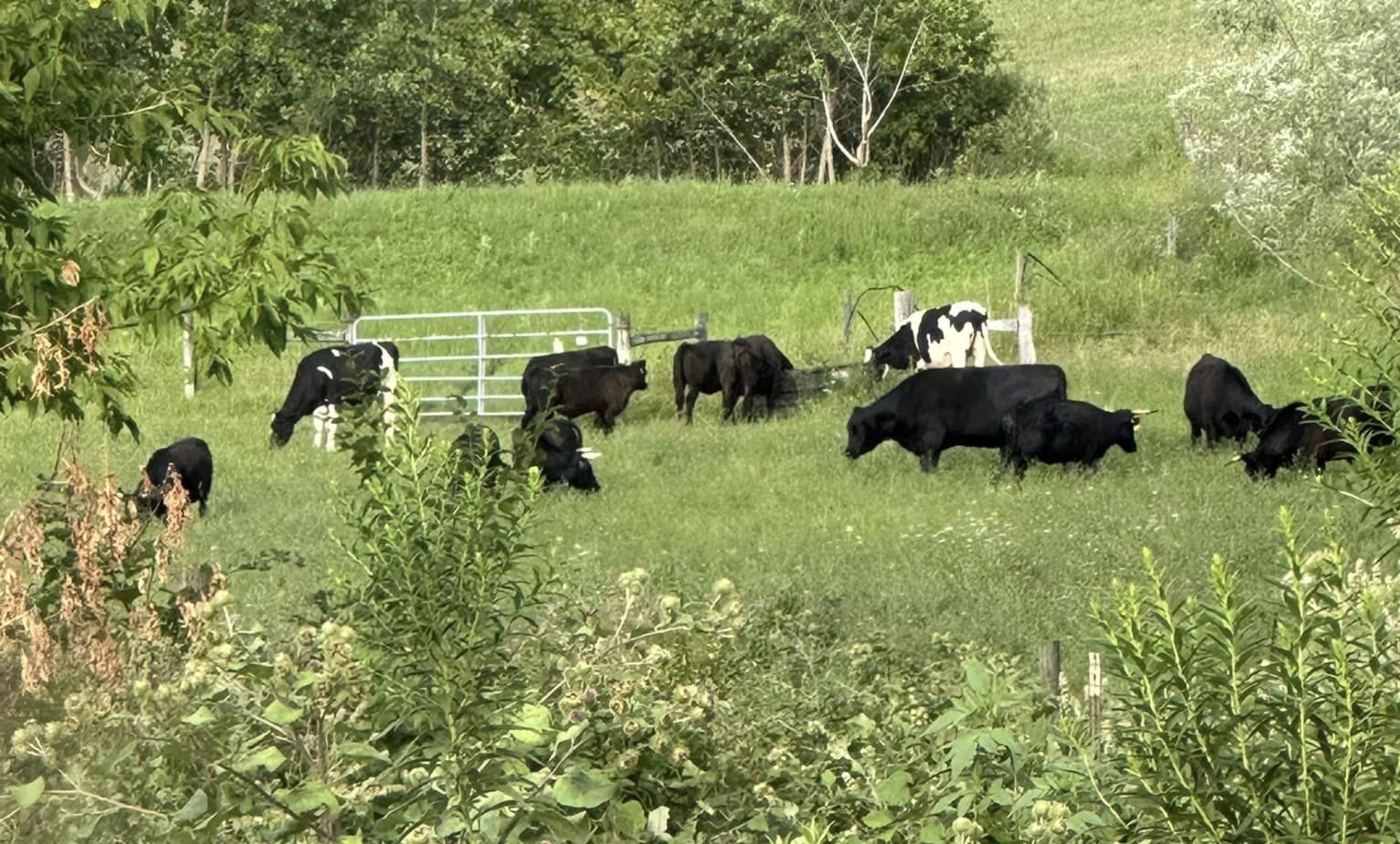Last fall, in an effort to help you get our meat more easily, we started our twice-a-month Meat CSA. It turned out that it was too much meat for most families. We want to help you, not make you have to figure out where you are going to squeeze that next roast into the already full freezer. So we have trimmed the Meat CSA (pun intended) to a monthly Meat Subscription.
What is a Meat Subscription? Each month you can choose to get Beef and/or Chicken delivered on the first Thursday of the month. Our online store will also enable you to add on extra items that are available that month, like pork, extra beef cuts, honey, vegetables, etc.
Here’s how it works: As a subscriber, you will receive an email near the beginning of the month telling you that the store is open. You will have 3-4 days to visit the (online) store. At the store you will choose to purchase either a chicken ($25) ~5 lb. and/or a beef option ($30). The beef options are: 4 tubes of ground beef OR 2 packages of beef steaks ~3.5 lb OR 1 beef roast ~3.5 lbs. Other options include choosing to pick up the order and either paying online or requesting to pay upon delivery.
We do have a delivery range. If you are outside of that range, we will add some money on to compensate for the extra distance. And if the cost of gas should go up significantly, our delivery charge will go up as well.
If you decide that you need a month off, just don’t click on the link for that month’s subscription. No meat will be delivered. The following month another email will come, and you can then get meat that month.
So how do you subscribe? Click below to go to the subscribe page. You will need to give your name, address, and phone number. These details are just so we can get the meat to you and can call you if we have questions or need to text you if there is no person or cooler to receive your meat. (By the way, we don’t share your personal data. Others don’t need it.)
We hope that you will continue to get your local pasture-raised meats from us.
to get set up and ready to go in September. Then enjoy your last days of summer!











